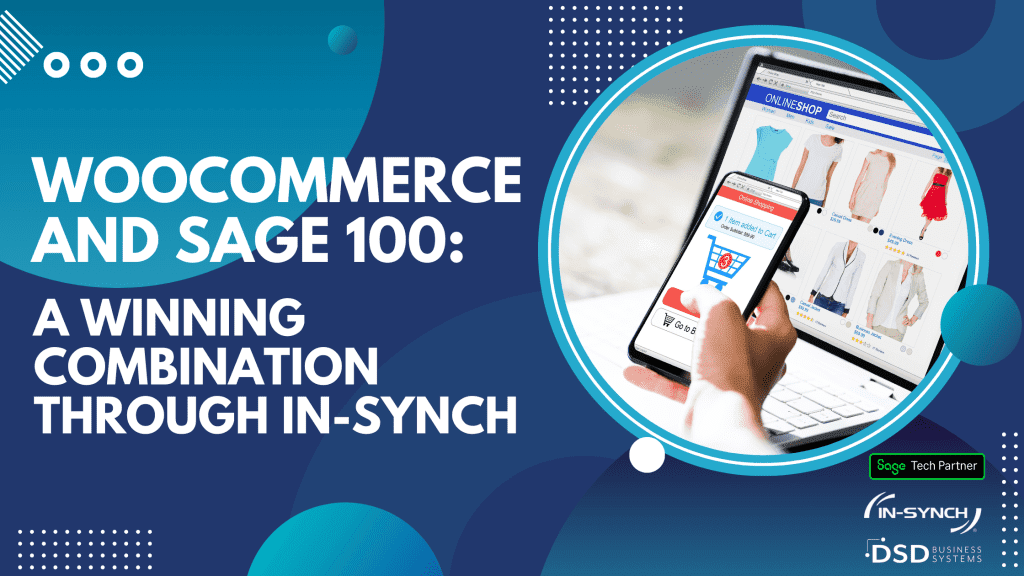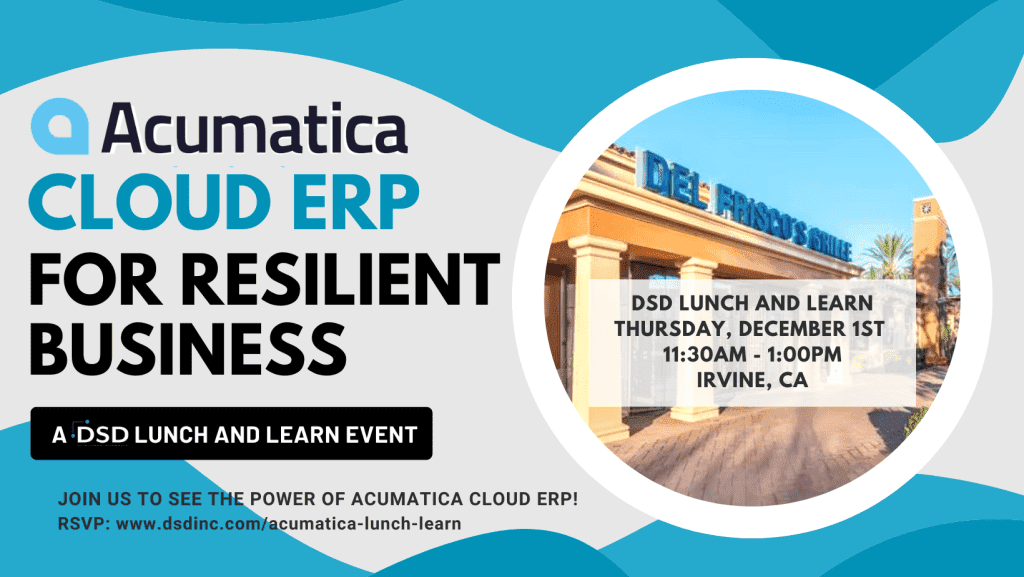How B2B Fully Integrates with ERP Systems
April 15, 2021
How B2B Benefits from Integrating with Cloud ERP?
When integrating a B2B company’s site with internal systems, the result can streamline operations and simplify customers’ buying experiences. For this reason and more, is why integration of a cloud ERP offers significant benefits, but they are often difficult to get right.
One of the most common B2B data integrations connects a company’s eCommerce functionality to its ERP software — “enterprise resource planning,” the principal operations system, including manufacturing, fulfillment, shipping, customer data, and accounting. However, many industries across the board are benefitting from a fully integrated ERP solution.
In this blog post, we’ll cover four tips to ensure your ERP integration (or any other B2B integration) is a success.
4 Ways To ensure B2b integration with an effective ERP Solution
Because of the fast rate at which transactions take place in businesses, it is fundamental for your business to always be operating at the highest level of efficiency.
B2B businesses that understand the crucial need for efficient operations implement and fully integrate cloud ERP software. The reasons listed below are a template for success when integrating an ERP system.
1. Define Data to be Integrated
It is vital to know what data to include in the integration, what the source of the data is, where it will be sent to, and how often it will be updated.
For example, companies can use functionality from the ERP for commerce related activities like processing shipping payments and sales tax. Therefore, having a thorough integration ensures the streamlined process for the business.
2. Map Customer Registration Workflow
Nowadays, a customer’s registration is often critical in the world of B2B. This is why data integrations can affect the registration process so deeply.
Before you begin any integration, map out the registration workflow for a new customer, possibly one who has never placed an order online with you.
3. Build a Data Migration Plan
For new integrations there are initial, necessary, one-time data-migration steps. List the initial data to be migrated and develop a plan for when and how it will be done.
An example of this includes, migrating users from a previous site, if the integration is being completed at the same time as a re-platform.
4. Plan for Failure
Even a well-designed integration addresses the risk of failure. Sometimes data does not reach its destination correctly, no matter how well you plan,
With clarity around your integration requirements, the customer registration workflow, your data migration plan, and how you will troubleshoot and handle system downtime, you have the foundation for a successful cloud data integration for your B2B business.
How To Get Started
The best way to get started with cloud ERP software is to work with trained professionals experienced at developing ERP solutions for B2B.
If your business is ready to implement ERP software, DSD Business Systems is ready to guide you through the process.
DSD Business Systems was founded in 1984 in San Diego, California, and has since then opened locations across the country to help clients with their ERP needs. The DSD Business Systems team, composed entirely of ERP industry professionals, takes great pride in developing the best ERP solutions possible. Once a proper ERP solution has been developed, DSD makes sure the client knows how to extract the most value out of the solution.
To learn more about ERP software, sign up for our Virtual Lunch and Learn below and speak with a DSD Business Systems professional today









